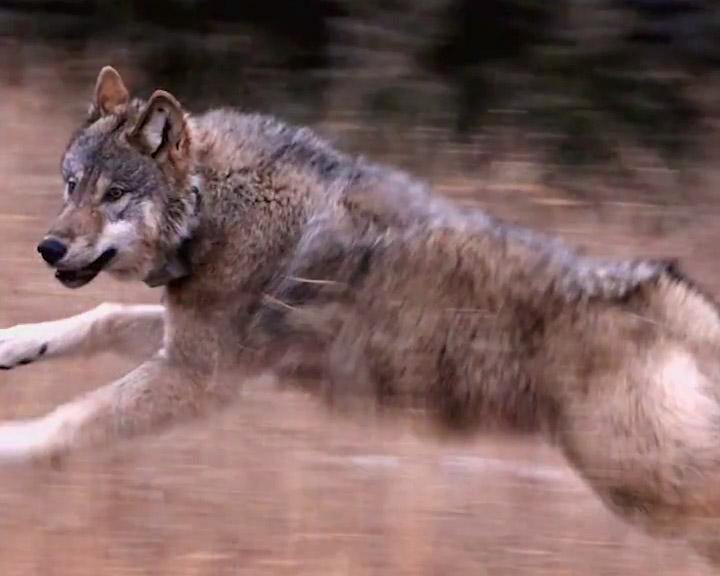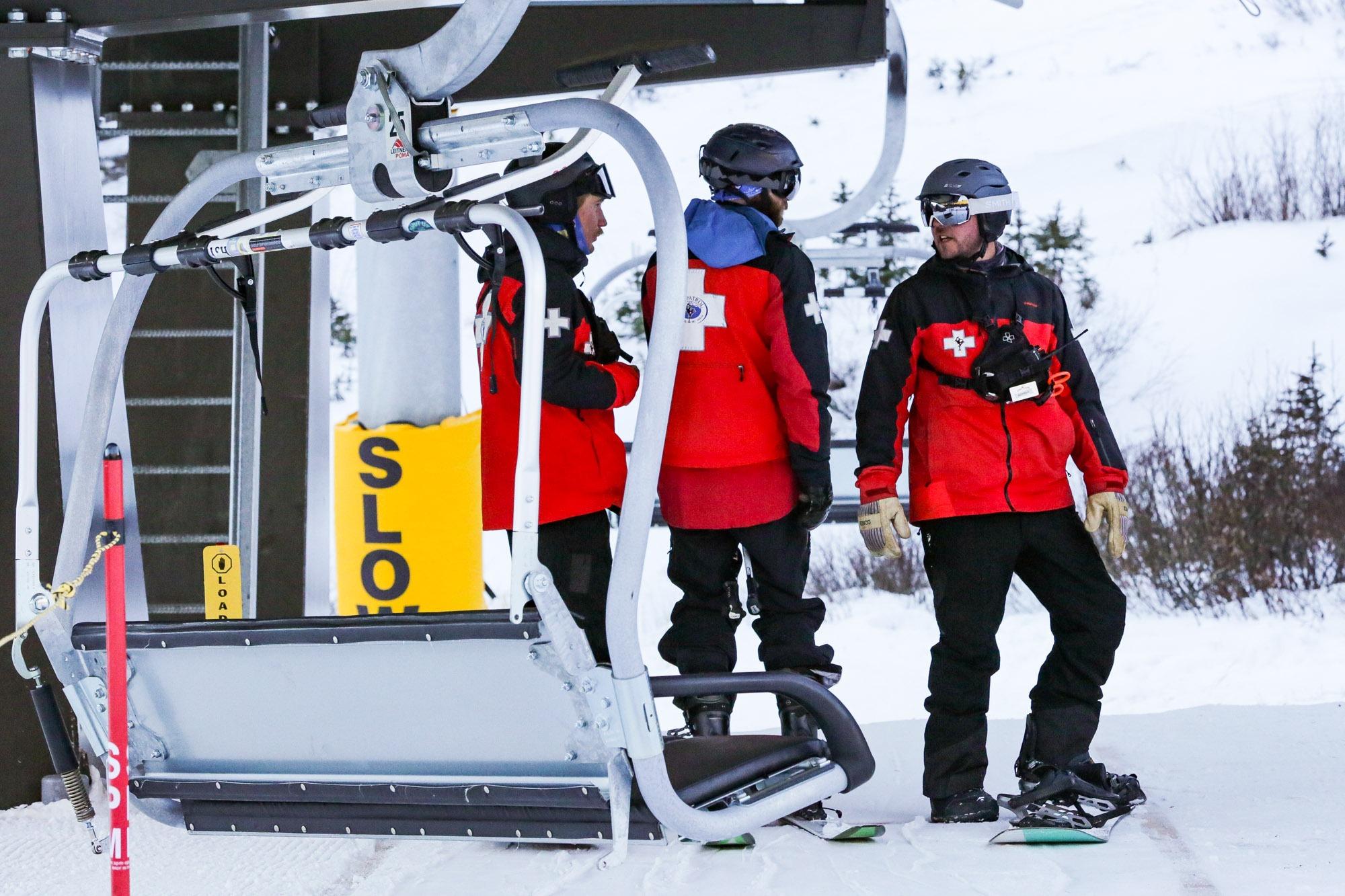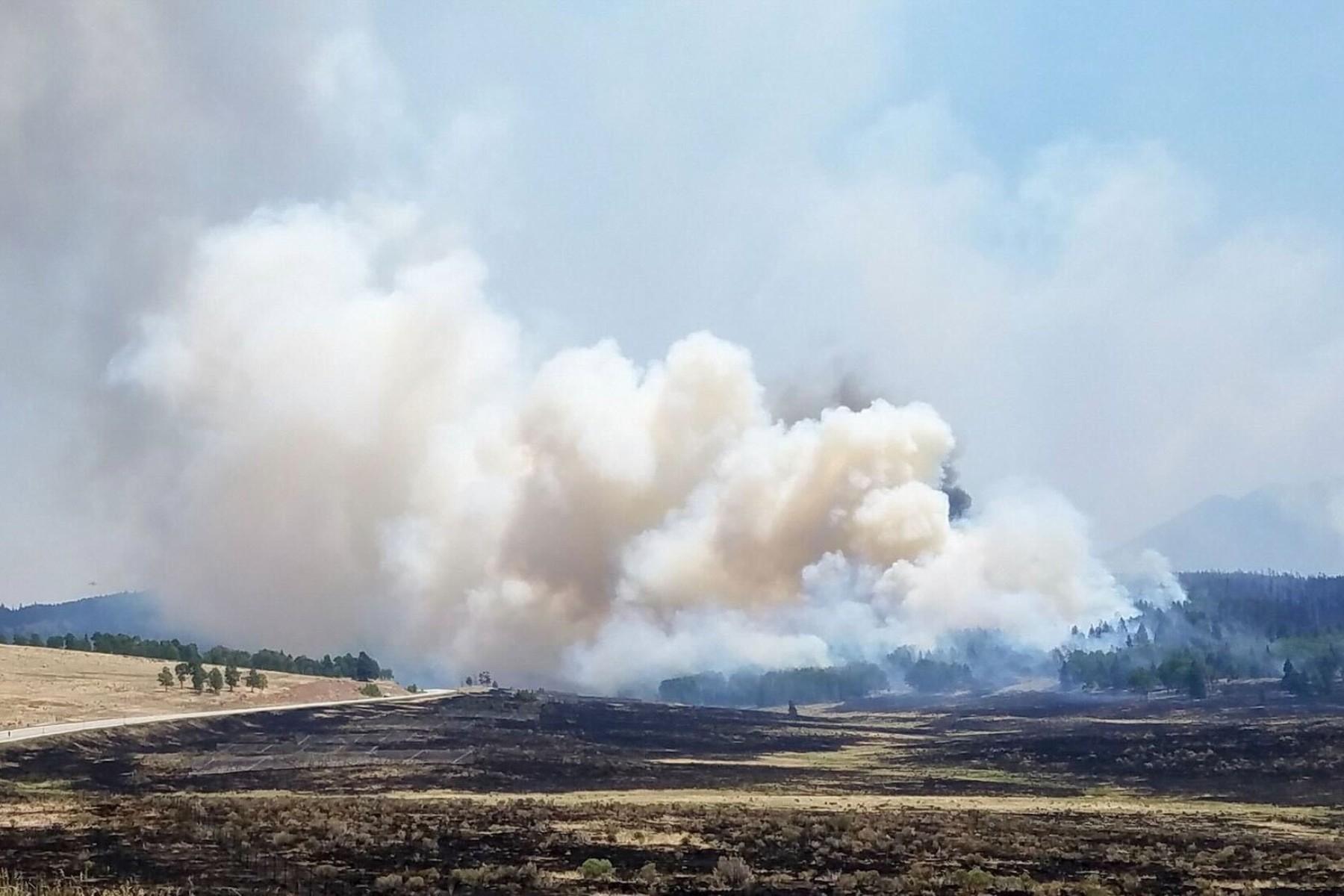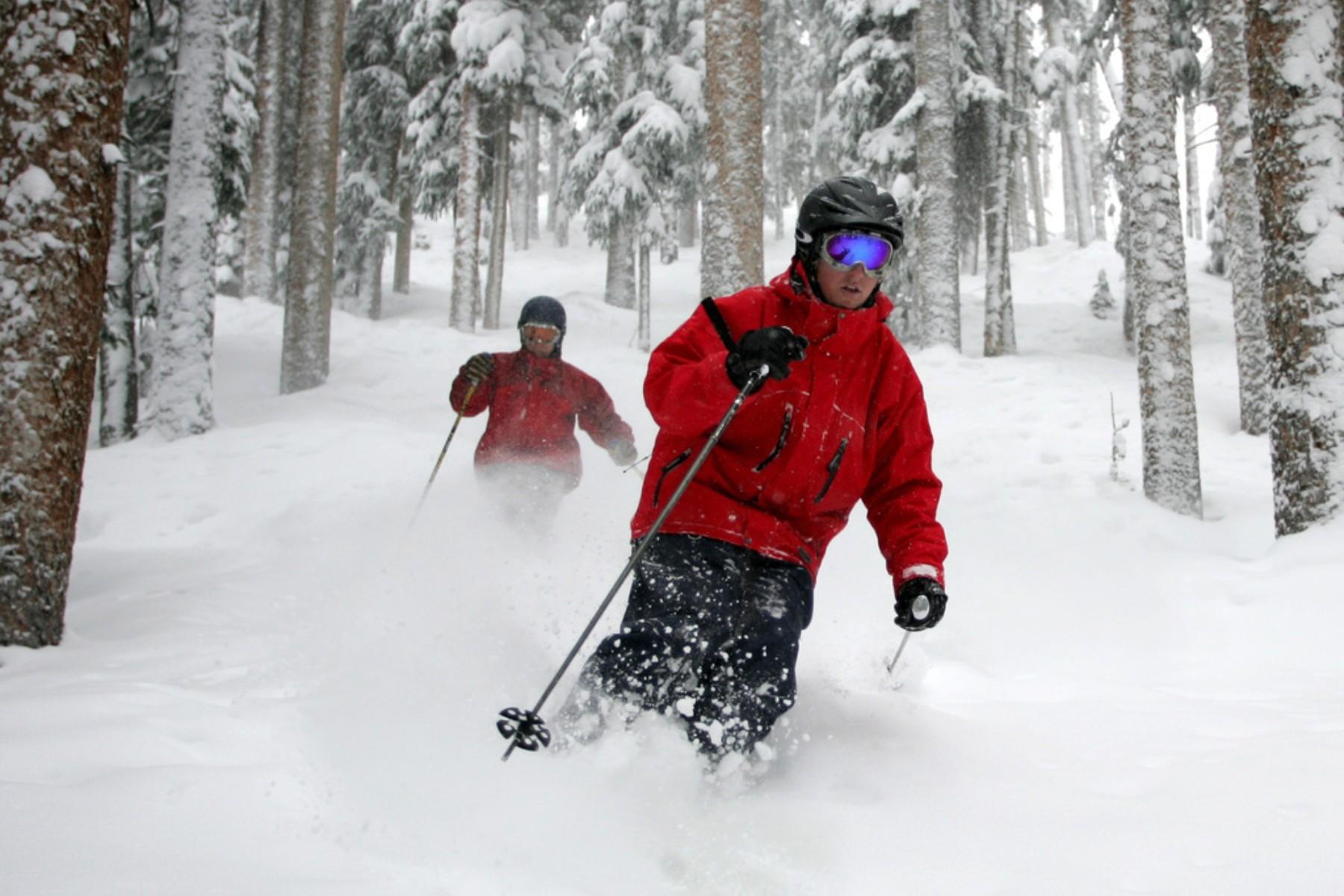
Colorado Parks and Wildlife is no longer letting livestock producers set foothold and leghold traps after one of the devices set for a coyote contributed to the death of a wolf in May.
The moratorium on 30-day trapping permits comes after the U.S. Fish and Wildlife Service investigated the death of a female gray wolf introduced through the state’s controversial wolf restoration program. CPW captured the predator in British Columbia and released it in Western Colorado in January.
In a late July press release, CPW said the federal government concluded the wolf died in northwest Colorado “due to an apparent secondary trauma” caused by a legal foothold trap set for a coyote. In response, the state wildlife agency suspended 30-day permits for the traps, which livestock producers sometimes use to remove predators threatening sheep or cattle.
It’s unclear how long the wildlife agency plans to maintain the statewide moratorium. In a written statement, Travis Duncan, a Colorado Parks and Wildlife spokesperson, said state officials will provide additional guidance “as soon as possible.”
The permitting pause marks the latest point of controversy surrounding Colorado’s voter-mandated wolf restoration effort. It also comes shortly after the state confirmed four new wolf litters across the state, including a group of six pups born to the One Ear Pack in Jackson County.
As the wolf population grows, animal and wildlife advocates say it’s past time to fully ban traps some see as cruel and indiscriminate. Meanwhile, Bonnie Eddy, the executive director of the Colorado Wool Growers Association, said the state exceeded its authority by implementing an unnecessarily broad permitting pause.
“They’re harming livestock producers across the state because of one incident,” Eddy said. “That they did this knee-jerk reaction to suspend these permits across the state — it’s pretty egregious.”
Why Colorado regulates leghold traps
Colorado narrowly voted to end most commercial wildlife trapping in 1996.
The constitutional amendment prohibited anyone from killing wildlife using snares, poisons, leghold traps or so-called body-gripping trap designs. While the amendment was one of the strictest prohibitions against trapping at the time, it included an exception allowing landowners to use the devices to protect crops and livestock under certain conditions.
The state legislature passed a bill to interpret and implement the amendment the following year. A resulting statute allows livestock operators to deploy traps on a parcel of private land for one 30-day period per calendar year.
Predator conservation groups insist those limitations don’t go far enough. Mark Surls, the Colorado state coordinator for Project Coyote, said the wolf death in May shows the main issue with leghold traps: the devices can easily catch protected animals or pets rather than a specific predator threatening livestock.
“There are other ways to kill animals,” Surls said. “We don't need to rely on these methods that — as we’ve seen with wolves — don’t target specific animals.”
Surls’ organization has documented nonlethal techniques — like fences and guard dogs — meant to help livestock producers coexist with predators. If those methods fail, he said it’s better to track and shoot predators instead of deploying less targeted options like snares, traps or poisons. That’s why he’s glad Colorado enacted the trapping permit ban following the federal investigation.
“I will be even more appreciative once they permanently remove them from Colorado landscapes,” Surls said.
Colorado doesn’t keep exact records on trapping permits
It’s unclear how often Colorado has allowed livestock producers to use the leghold and foothold traps.
After CPR News filed a records request seeking the information, CPW records manager Jason Isenhart said the wildlife agency lacks a “single, centralized report” showing the number of trapping permits it issues annually.
Isenhart said the agency could compile an estimate by tallying permits issued in each state wildlife area, but he acknowledged local districts might not have exact counts, either.
CPW, however, offered a heavily redacted version of the permit issued to the landowner who accidentally trapped the wolf in May. It shows the incident occurred in Rio Blanco County, but the state blacked out all information identifying the livestock operation under specific legal provisions protecting landowners.
The incident also marks the second recent example of a wolf caught by a trap in Colorado. The first occurred when a gray wolf born in the Great Lakes region somehow migrated onto Colorado’s Eastern Plains. Wildlife officials confirmed the 86-pound canine predator likely killed a llama in April 2024 before it was caught in a coyote trap the following month.
Livestock groups are pushing back
Eddy said it’d be nice if woolgrowers and lamb producers lived in a “fairytale world” that didn’t require them to use lethal techniques to protect their flocks.
In reality, however, she said leghold traps remain a critical way for her industry to safeguard their livelihoods. A recent report released by the U.S. Department of Agriculture shows predators killed roughly 18,600 head of Colorado sheep in 2023, representing more than 6.2 percent of the state’s total sheep and lamb population.
Colorado’s wolf reintroduction efforts have brought another potential predator back to the landscape. Since releases began in late 2023, state wildlife officials have confirmed gray wolves killed or injured 14 sheep and lamb across Colorado, according to an online database maintained by Colorado Parks and Wildlife.
Eddy also isn’t convinced the wildlife agency has full authority to pause trapping permits. On July 29, the Colorado Woolgrowers Association sent a letter to CPW Director Jeff Davis arguing that state law explicitly exempts livestock producers from the constitutional ban against leghold traps and snares. The letter further argues that the state law authorizing wolf restoration prohibits wildlife officials from advancing the project by restricting private property rights.
Rather than a statewide trapping ban, Eddy said the state should rely on tracking collars attached to most of its wolves and issue permits to livestock producers if they're far enough away.
“Use that data to manage efficiently instead of harming the rest of the livestock producers in the state,” Eddy said.









